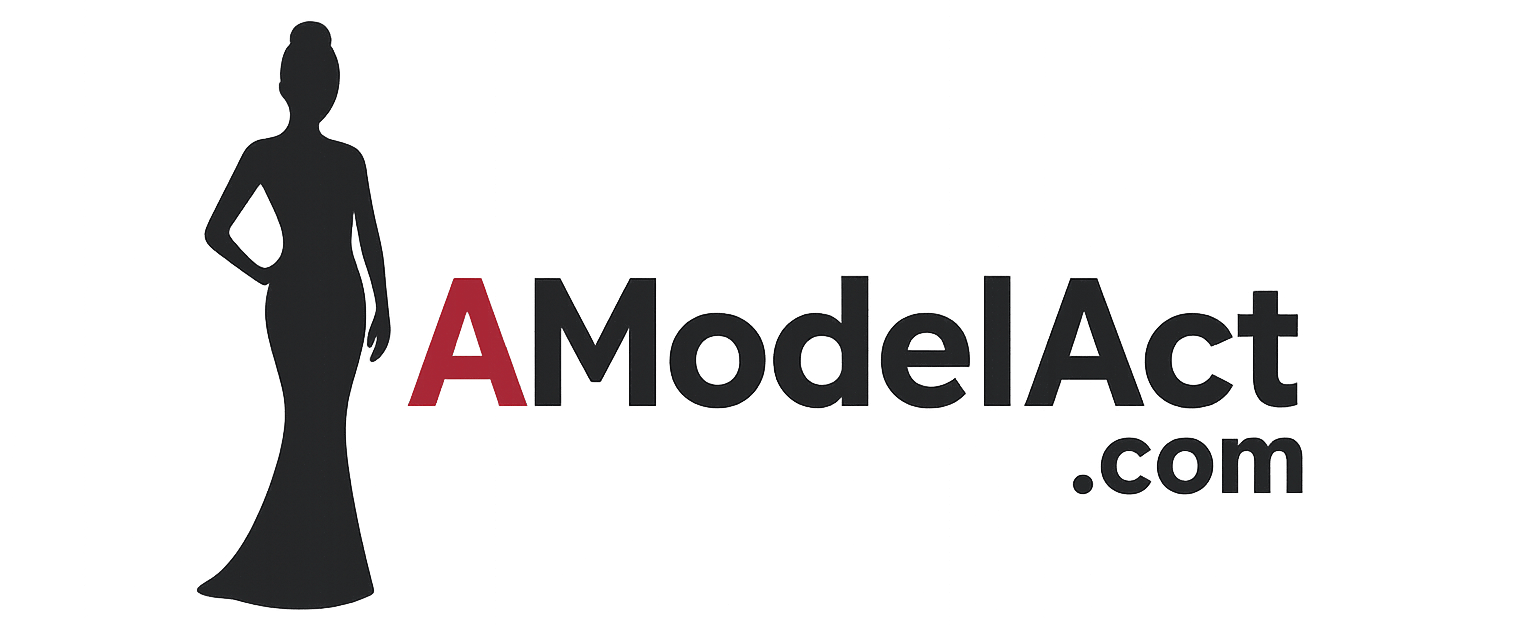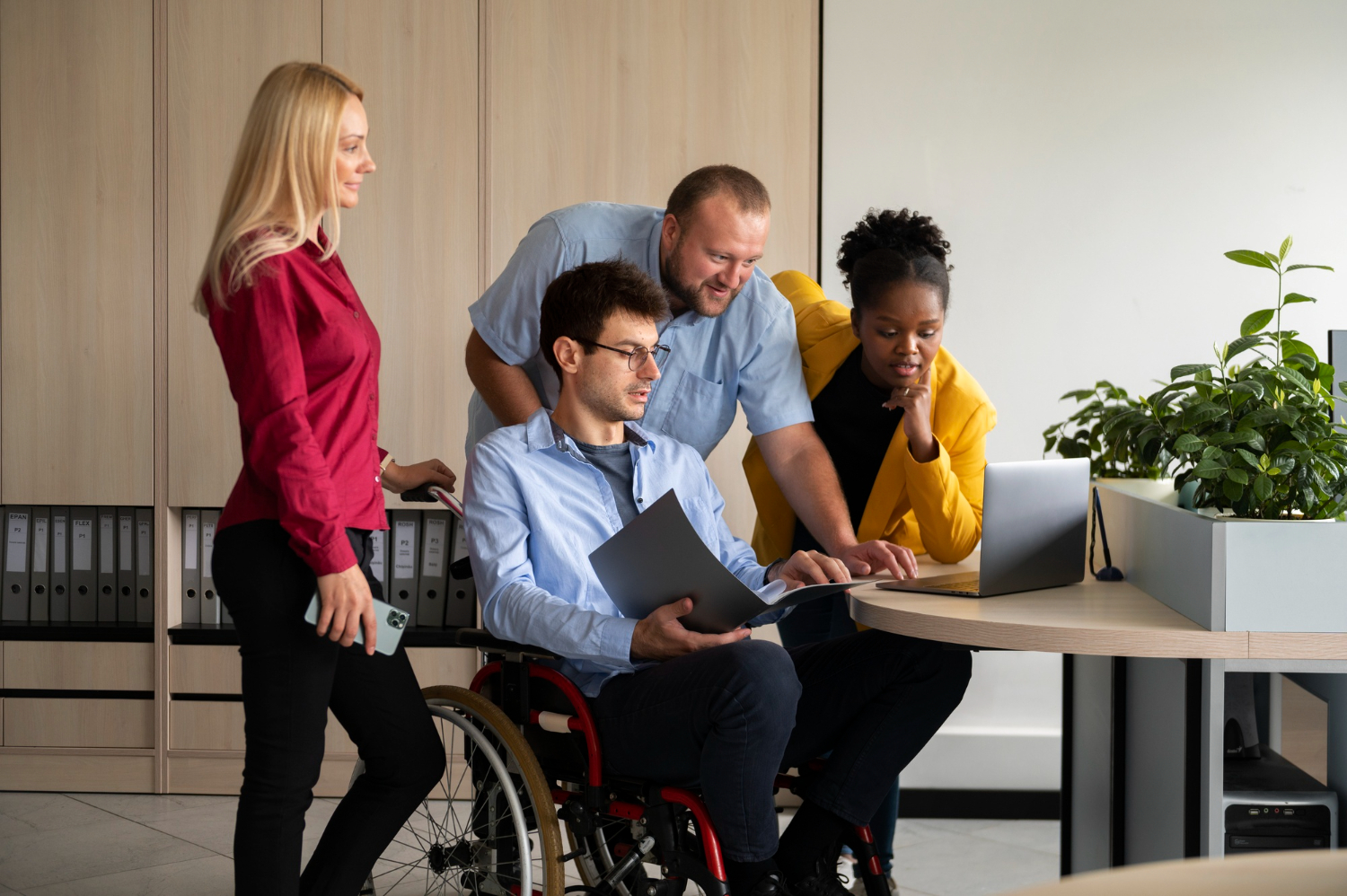The modeling world has long been seen through a narrow lens. For decades, the industry projected a standard of beauty that was mostly Western, slim, young, and able-bodied. But over the past several years, that narrow ideal has begun to shift dramatically. As conversations around representation grow louder across industries, the fashion and modeling worlds have started taking notice. Today, the impact of diversity and inclusion in modeling is not just evident on runways and magazine covers, it’s reshaping how we define beauty, opportunity, and creativity in the industry.
A Shift in the Industry’s Visual Language
Walking through any major fashion city today, whether it’s New York, Paris, Milan, or Tokyo, you’re likely to see a wider array of models than ever before. The runways are no longer exclusively populated by tall, white models with conventional features. There is now a conscious effort by designers, casting directors, and agencies to bring in talent that reflects a broader demographic. This shift is more than performative. It reflects a deeper understanding that real beauty cannot be confined to a single mold.
Where once fashion campaigns might have cast similar-looking models season after season, brands are now diversifying their rosters to better connect with global audiences. A model’s ethnic background, age, size, gender identity, and disability are no longer seen as limitations, but as assets. This expansion of who gets to be seen is one of the most powerful indicators of the impact of diversity and inclusion in modeling.
The Importance of Representation
Representation matters deeply. When individuals see themselves reflected in media and advertising, it reinforces their value and dignity in society. For too long, many groups were systematically left out of these visual narratives, especially in high fashion. Models of color were rarely given leading roles in editorials or prime spots in ad campaigns. Plus-size individuals were virtually invisible. Older models were a rarity. The LGBTQ+ community, including non-binary and trans individuals, were almost entirely absent.
However, all of that is beginning to change. Brands that have embraced representation are not only receiving praise from industry insiders but are also resonating more with consumers. That’s because audiences are diverse themselves, and they want to see authenticity. They want to know that fashion is for everyone.
The impact of diversity and inclusion in modeling has a ripple effect. When a young Black girl sees a model who looks like her on the cover of a major fashion magazine, it communicates that she too can take up space in that world. When a transgender model walks in a major show, it tells others in the community that their identity is worthy of being celebrated rather than hidden.
Breaking Stereotypes Through Casting
One of the most visible ways the industry is pushing boundaries is through inclusive casting. Brands are not only hiring more diverse models, but they’re also doing so in ways that challenge tired stereotypes. For example, instead of casting a plus-size model solely in a campaign centered on body positivity, brands are featuring them in high-fashion editorials, runway shows, and luxury campaigns without drawing unnecessary attention to their size.
Similarly, older models are now part of luxury and lifestyle campaigns, proving that beauty and fashion don’t have an expiration date. Transgender models are walking for major fashion houses, not as token choices, but as central figures in a brand’s image. This kind of nuanced, integrated representation reinforces that identity is multifaceted and shouldn’t be reduced to labels.
The impact of diversity and inclusion in modeling becomes even more meaningful when casting is thoughtful and rooted in authenticity. It’s not about checking boxes, it’s about telling more truthful stories through fashion.
Agencies Leading the Change
Modeling agencies play a pivotal role in who gets seen and signed. In recent years, several agencies have overhauled their books to reflect a more inclusive vision. Some have launched entire divisions dedicated to models of different sizes, ages, and gender identities. Others have committed to diversifying their mainboards and ensuring their talent roster truly reflects society at large.
Some newer agencies have made inclusivity their core mission from the outset, challenging legacy institutions to keep up. These agencies understand that diversity isn’t a trend, it’s the future of the industry. They recognize that authentic representation requires more than visibility; it requires investment, development, and opportunity.
This movement also includes supporting models with disabilities, whether visible or invisible. Adaptive fashion is gaining ground, and with it comes the need for models who can wear and represent those designs with authenticity. The impact of diversity and inclusion in modeling means that everyone deserves a seat at the table, not as a charity case, but as a professional with something unique to offer.
Influencers and the Democratization of Modeling
Social media has played a major role in accelerating diversity in modeling. Platforms like Instagram, TikTok, and YouTube have allowed aspiring models from all backgrounds to bypass traditional gatekeepers and build their own audiences. These platforms reward individuality and relatability over unattainable perfection, which has shifted public perception around what it means to be a model.
Many social media stars have gone on to land major modeling contracts, not because they fit a traditional mold, but because their look, voice, or story resonated with millions. Brands have taken notice. They now scout talent not just from agency rosters but from platforms where real people with unique perspectives thrive.
The rise of influencer models is a direct result of this democratization. The internet leveled the playing field, making space for people who were once shut out of the industry. It also showed that diverse content performs better, diversity is not only ethical, it’s profitable.
Brands Driving the Movement
Forward-thinking brands are championing diversity and reaping the rewards. Fenty Beauty by Rihanna is often cited as a game-changer in the cosmetics and fashion world, offering foundations in a wide range of shades and casting campaigns with models from every walk of life. The brand’s commitment to inclusivity resonated with audiences worldwide and set a new standard in the industry.
Similarly, fashion houses like Chromat, Savage X Fenty, and Christian Siriano have made inclusivity part of their brand DNA. They cast models of different sizes, ethnicities, and gender identities not as exceptions but as essentials. Their shows celebrate the full spectrum of beauty and send a powerful message: everyone belongs.
The impact of diversity and inclusion in modeling is evident in how these brands are perceived. They are seen as modern, ethical, and in touch with the times. Consumers support them not just for the product but for the values they represent.
Challenges That Still Exist
While progress is real, the journey is far from over. Many parts of the industry still lag behind. Tokenism remains a concern, where a brand may cast one diverse model per campaign without creating systemic change. Often, models of color or plus-size models face limited career advancement despite their talents.
Pay disparities persist as well. Studies and anecdotal evidence suggest that models from underrepresented backgrounds often earn less than their white counterparts, even when working the same campaigns or shows. Additionally, backstage experiences, particularly for Black models, can still include issues like lack of proper hair or makeup support.
To make diversity and inclusion permanent features of the modeling world, the industry must go beyond visual representation. It must include diversity in decision-making roles: casting directors, creative leads, designers, editors, photographers, and agents. Only then can inclusivity be embedded into the DNA of the modeling business.
The Future of Inclusive Modeling
The momentum toward inclusivity shows no signs of slowing. As Gen Z and younger generations prioritize authenticity, ethics, and representation in the brands they support, the modeling industry will be compelled to meet those values. Technology, too, will play a role, with virtual modeling, digital campaigns, and AI-generated content opening new doors for experimentation and visibility.
But the human element remains irreplaceable. Real models with real stories are at the heart of the movement. Their courage, individuality, and presence are what continue to redefine beauty standards.
The impact of diversity and inclusion in modeling is transforming the very purpose of the industry, from one that once excluded the majority to one that celebrates everyone. It is proving that fashion doesn’t belong to a select few, it belongs to us all.

